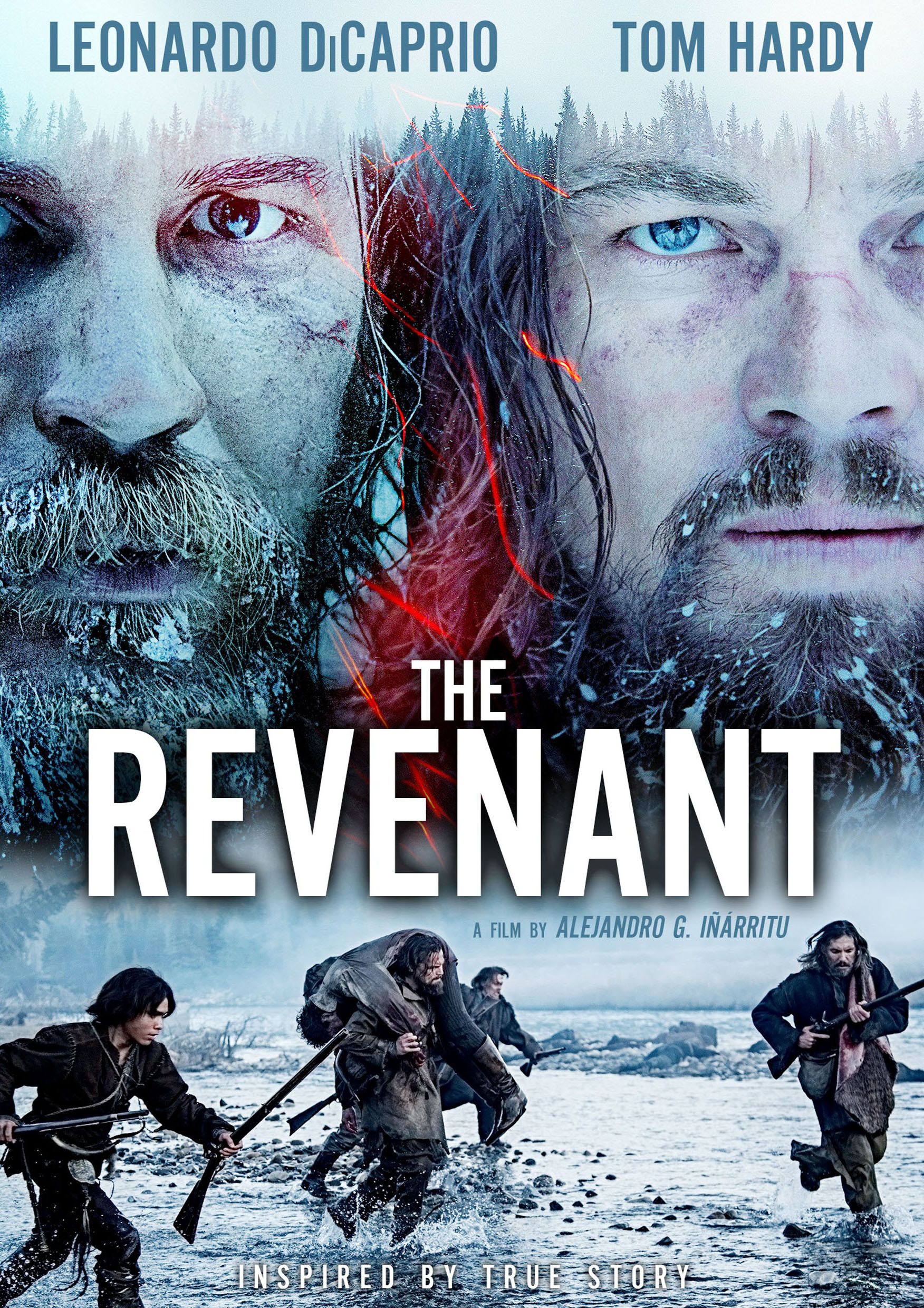by Courtney Bristow*
The Revenant, a 2015 film directed by Alejandro G. Iñárritu and starring Leonardo DiCaprio, received praise for its cinematography, direction, and performances, especially DiCaprio’s and his co-star Tom Hardy. The film won three out of twelve categories it was nominated for at the Academy Awards.1 From there, of course, this film deserves our praise. The stunning visuals make this film worth watching. One aspect of the film that caught the audience’s and critics’ attention is the involvement and portrayal of Native Americans in the film. There are differing opinions on this matter; some argue that the film has taken a significant step towards the inclusion and accurate portrayal of Native Americans in cinema, while others argue that it merely perpetuates the narrative of “White Man’s Redemption.”
Hollywood has a somewhat poor track record in accurately depicting Native Americans in cinema. Often, films do not involve Native Americans in the writing and design process, and frequently the Native American characters are not portrayed by Native American actors.2 A recent example is Johnny Depp’s portrayal of the Native American character Tonto in The Lone Ranger (2013). At this point, many argue that The Revenant has taken a significant step. It is evident from the start that director Iñárritu aimed to represent Native Americans as authentically as possible, starting with casting Native American actors like Forrest Goodluck, Duane Howard, Melaw Nakehk’o, and Arthur Redcloud to play members of the Pawnee and Arikara tribes, and many Native people serving as extras throughout the film.3 Furthermore, the producers enlisted Craig Falcon, a cultural education consultant, to serve as a cultural advisor on the film.4 Under his guidance, costumes, sets, and scripts were altered to produce a film that remained authentic to the people they wished to represent.5 Falcon assisted DiCaprio and Hardy in learning the Arikara language,6 and in post-production, two language experts from Indiana University were called in to help make the language in the film as accurate as possible.7 These efforts have received much praise and recognition from Native communities in America. Loren Yellow Bird Sr., an Arikara language expert who served as a language consultant for the film, stated that the film has sparked a great interest in the Arikara language and culture. “Leonardo and Alejandro have allowed our history, culture, and language to be seen by the world. (Now) our people need to continue moving forward and carry on this work for future generations.”8
Throughout the 20th century, films often portrayed Native Americans with harsh stereotypes, depicting them as savage and cruel, or pigeonholing them into the singular role of peaceful shamans maintaining harmony.{{PLACEHOLDER_79





0 Comments
Leave a Reply